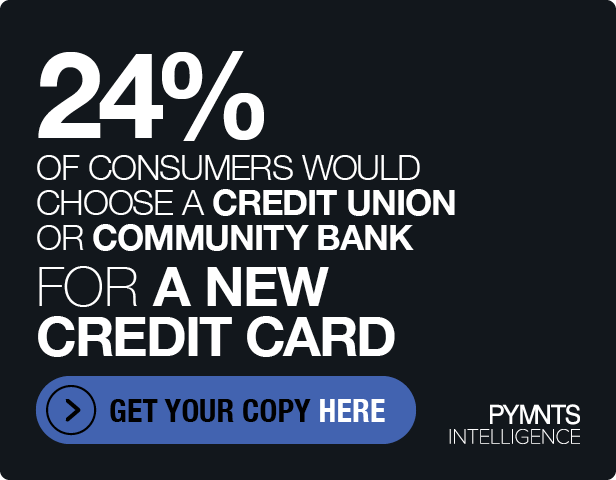Deep Dive: How QSRs Can Quash Loyalty Fraud As More Consumers Go Digital

Loyalty and rewards programs have long been a hit with consumers, and research shows that this trend is expected to grow. One survey found that the global loyalty management market is set to increase 20 percent by 2027, while another report estimated that 72 percent of Americans are signed up for at least one rewards offering.
These programs — which can give customers access to perks like discounts, free meals and personalized menu items — may seem to be solely consumer-facing at first blush, but they can also benefit restaurants immensely. Loyalty programs provide a trove of valuable data for restaurants, including customers’ preferred payment methods, their spending habits and the channels they use. This information gives quick-service restaurants (QSRs) a chance to drive spending and foster long-term engagement.
Loyalty programs are enticing to more than just consumers and restaurants. Growing ranks of fraudsters are beginning to realize just how lucrative rewards offerings can be. Research has determined that rewards program fraud has been increasing in recent years, doubling in 2018 and jumping another 89 percent in 2019.
Not all of the offenders are those one would expect. Cybercriminals often come to mind as the predominant perpetrators of loyalty fraud, stealing customers’ rewards balances as well as their personally identifiable information (PII). Even restaurant employees and customers can be in on these schemes, with the former occasionally stealing customers’ data or unclaimed rewards and the latter exploiting loopholes by creating accounts through which they can claim points, for example.
Many loyalty programs are also tied to increasingly popular mobile apps, and this can give scammers additional opportunities to launch their attacks. The development matters even more as customers dig into food delivery apps with increasing gusto, with the number of such app users rising from 36.4 million in 2019 to 45.6 million last year. App-enabled food orders are expected to remain high, topping off at 27 percent of all orders, even after the pandemic ends, meaning fraudsters homing in on this channel are likely to have no shortage of targets.
With trends suggesting that mobile-focused loyalty fraud will grow in the future, QSRs will need to roll out innovative anti-fraud measures to meet these threats.
A Tech- And Education-Focused Approach To Tackling Fraud
Curbing loyalty fraud requires QSRs to invest in the latest security tools, and backend technologies designed to thwart malware and hacking attempts can be key ingredients in restaurants’ fraud prevention recipes. These tools can prevent customers from falling victim to malware that enables illicit activities like keystroke logging, in which fraudsters secretly record users’ keystrokes to obtain passwords to their accounts.
Eateries should also remind customers to adhere to several security-related best practices, such as routinely changing their passwords, avoiding the use of public Wi-Fi networks and regularly monitoring their rewards balances for suspicious activity. Preventing rewards fraud should be a top priority for restaurants because the financial impact that customer account attacks have on merchants can be massive, even if it does not qualify as a direct money grab from their accounts.
Protecting patrons’ loyalty points is crucial to maintaining loyal customers and their trust. Research has shown that 43 percent of customers have avoided transacting with merchants due to the loss of trust, for example, illustrating what is at stake if consumers’ accounts are compromised.
Using AI, Data Analytics In The Fraud Fight
Large shares of diners place their restaurant orders via mobile and online, and certain types of households are more likely to leverage loyalty programs when they do. More than half of married parents in the U.S. use restaurant rewards programs to get deals on food orders, giving fraudsters targeting these customers on digital channels ample opportunities to launch their schemes.
QSRs can use several emerging technologies to prevent credential stuffing, account takeovers and other types of fraud that underpin cybercriminals’ attacks on loyalty programs, however, especially if restaurants are ready to roll out multilayered anti-fraud approaches. It can be exceedingly challenging — if not impossible — for restaurants to analyze each transaction manually, which means that leveraging fraud detection systems that use artificial intelligence (AI) and machine learning (ML) can save QSRs valuable time and money. These advanced learning tools can help restaurants swiftly approve legitimate transactions while flagging suspicious ones for further review.
QSRs will continue to upgrade their loyalty programs as more consumers place orders via mobile and online channels, and fraudsters are eager to swoop in and capitalize on this trend with schemes that target restaurant rewards. Tapping robust data analytics solutions, anti-fraud methods and emerging technologies like AI and ML could hold the key to safeguarding customers and their rewards accounts for years to come.

